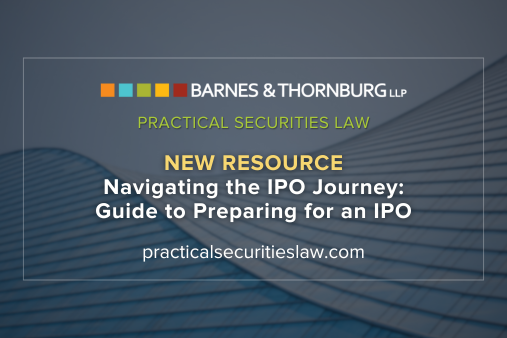A couple weeks ago, I spoke to an HR group on developing a strategy for protecting valuable information in their organizations. I structured the talk around a series of questions, and the next step in the process could vary depending on the answer to the question. The first question was, “Does your company have info of any kind that, if a competitor obtained it, would give the competitor an unfair advantage?” If an attendee’s answer was “no,” the next step for that attendee was to put down her pen and catch up on e-mails for the rest of the session. Nobody did. That is because virtually every organization has some information they want to protect. For everybody else, we then worked through various tools – from routine confidentiality agreements on one end of the spectrum to more aggressive measures like noncompetes on the other end of the spectrum. It is an area where there certainly is no one size that fits all (and therefore it is not recommended that you just grab a policy or agreement off of the internet!), but it is a conversation that every company needs to be undertaking on an ongoing basis. Recently The Center for Responsible Enterprise and Trade (CREATe.org) and PricewaterhouseCoopers LLP released this meaty report, “The Economic Impact of Trade Secret Theft.” It is more than most employers probably have time to read in detail, but I recommend that all employers take a look at this chart on page 14 of the report: Figure 4: Trade Secret Categories:
|
Category of Trade Secrets
|
Examples
|
|
Product Information
|
New hardware designs; adaptations/updates of existing products
|
|
Research & Development
|
Long-term R&D; basic or applied research; geology R&D
|
|
Critical & Unique Business Processes
|
Inventory/distribution; manufacturing processes; business model based on application of processes
|
|
Sensitive Business Information
|
M&A prospects/plans; market research/studies; customer list/information; information on key suppliers/business partners; expansion plans; corporate strategy
|
|
IT Systems and Applications
|
Novel application of IT that could create new markets; system architecture designs; source code; algorithms
|













